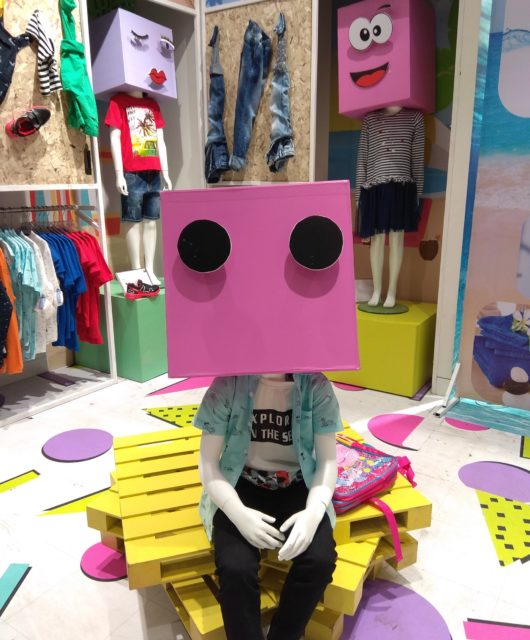How PLM Software for the Fashion Industry Streamlines the Creative Process
 In an era where technology intertwines with every aspect of our lives, the fashion industry is no exception. Product Lifecycle Management (PLM) software has emerged as a cornerstone technology in fashion, transforming how apparel is designed, produced, and brought to market. This article delves into how PLM software for the fashion industry is revolutionizing the creative process.
In an era where technology intertwines with every aspect of our lives, the fashion industry is no exception. Product Lifecycle Management (PLM) software has emerged as a cornerstone technology in fashion, transforming how apparel is designed, produced, and brought to market. This article delves into how PLM software for the fashion industry is revolutionizing the creative process.
The Traditional Process and Its Challenges
Traditionally, fashion design has been a labor-intensive process, involving multiple stages from sketching to sampling, and production. Challenges like miscommunication, data mismanagement, and inefficient supply chain processes were common. The need for a streamlined approach was evident, and PLM software provided the solution.
PLM software acts as a centralized platform that manages the entire lifecycle of a product from its inception, through design and manufacture, to service and disposal. It combines data management, process management, business systems integration, and collaboration tools. This integration is particularly beneficial in an industry as dynamic as fashion, where design elements, materials, and consumer trends constantly evolve.
One of the key benefits of PLM software is enhanced collaboration. Designers, suppliers, and production teams can work together seamlessly, with real-time updates and data sharing. This significantly reduces the time from design to market, allowing brands to respond swiftly to emerging trends
Managing digital assets is another area where PLM excels. Design files, patterns, color palettes, and material specifications are all stored in a centralized database, accessible to all stakeholders. This not only ensures consistency across various product lines but also simplifies the modification and reuse of designs.
With growing concerns about the environmental impact of the fashion industry, PLM software is playing a crucial role in promoting sustainability. It enables designers to make informed choices about materials and production processes, minimizing waste and energy usage. PLM systems help in tracking the environmental footprint of products, ensuring that fashion brands meet both regulatory standards and consumer expectations for sustainable practices.
Transforming Design with Technology
The integration of emerging technologies like 3D design tools and AI with PLM software is setting new benchmarks in fashion design. Designers can create and visualize garments in 3D, reducing the need for physical samples. AI algorithms can analyze consumer data and market trends, aiding designers in creating products that are more likely to resonate with their target audience.
Many leading fashion brands have embraced PLM software, witnessing remarkable improvements in efficiency, cost reduction, and market responsiveness. For instance, a luxury fashion brand reported a 30% reduction in time-to-market after implementing PLM, while another high-street brand saw a significant decrease in sample production costs.
Without a doubt, the implementation of PLM software in the fashion industry marks a new era of digital transformation. It empowers designers and brands to create with greater speed, efficiency, and sustainability. As the fashion world continues to evolve, PLM stands as a testament to how technology can not only streamline creative processes but also drive innovation and responsible design.









